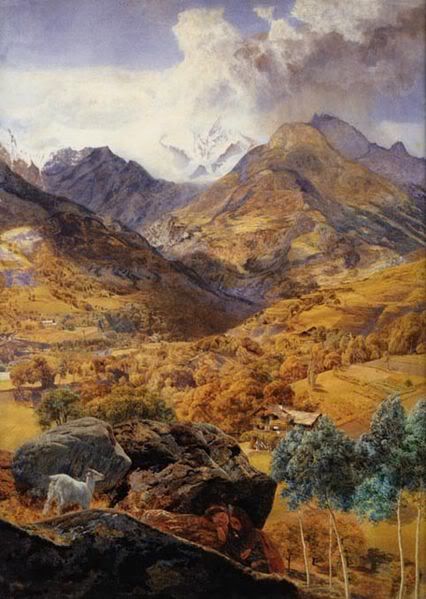The October issue of the Art History Carnival will be posted on October 1, 2010. You can submit articles for inclusion in the carnival until 48 hours before the issue comes out (in this case, September 29, 2010).
What kind of blog articles will be included?
Posts covering all periods and art mediums are welcome, as are posts discussing art criticism, architecture, design, theory and aesthetics. All submissions will be carefully reviewed.
What is a Blog Carnival?
According to Wikipedia, a blog carnival is "a type of blog event...similar to a magazine, in that it is dedicated to a particular topic, and is published on a regular schedule, often weekly or monthly. Each edition of a blog carnival is in the form of a blog article that contains permalinks links to other blog articles on the particular topic."
Blog Carnivals are a great way to help your blog reach a new audience and to make new friends in the blogosphere!
Who can submit?
Anyone, as long as you have a blog! And If you don't blog, you can submit one of your friend's articles (except they better be good--I'll be reading them!).
Can I host a carnival?
How to submit articles
You have two options:
1. Send me an email. Include the title and permalink URL of the post you are nominating for inclusion in the carnival, along with the name of the blog. Please put "Art History Carnival" in the title of your email to help me recognize it in my inbox!
2. Use the submission form provided by Blog Carnival (this is probably the easiest!).
One final thing to keep in mind:
To keep things current, posts should have been written after the date of the last Carnival.
Thank you for your participation! Share the news if you know someone who likes to write about art!




